Letitia
Fairbanks, the niece of Douglas Fairbanks Sr. and Mary Pickford, lived a life
guided by artistic passions. In 1939, wanting to commemorate her late uncle,
Letitia began work on Princess April Morning-Glory,
allowing a creative outlet for combining her lifelong loves: painting, writing,
and illustration.
Holding firm to her artistic
identify, Letitia gravitated toward portraiture, landscapes, and still-lifes.
She was also a biographer, co-authoring Douglas Fairbanks: The Fourth
Musketeer, with Ralph Hancock. Her marriage to Hal Smoot in 1966 marked
the beginning of a particularly joyful and creative period. Needle points and
annual Christmas cards, which featured a painting from the previous year, not
to mention her role as a wife, mother, step-mother and grandmother brought her
much fulfillment. After a life rich in artistic accomplishment, Letitia passed
away in September of 1992.
Kelley Smoot Garrett was born in Dallas, raised in Manhattan and has lived the life of a West Texas wildcatter as well that of an IT professional. At one time or another in her life she’s called places as diverse as Scourie, Scotland; Austin, Abilene and Midland, Texas; Singapore; Paris; and Auckland, New Zealand — home. She is proud to be the daughter of Sue Ashby and Harold Smoot and the step-daughter of Letitia Fairbanks Smoot. She currently lives with her husband Danny Garrett, three cats, and one happy only-dog, Moxie in the Texas Hill Country.
At long last, Princess
April Morning-Glory emerges as a lost treasure from the golden age of Hollywood.
Written and illustrated in
1941 by Letitia Fairbanks, the niece of silent film stars Douglas Fairbanks Sr.
and Mary Pickford, the seemingly traditional children’s book is transformed
into a modern-day fairy tale that will captivate child and adult readers alike.
Letitia was inspired to
create portraiture for the characters of Princess April Morning-Glory
from film stars of the day. John Barrymore, and Letitia's cousin Douglas
Fairbanks Jr., provided glamorous inspiration through their then-current films.
The Wicked King's (Barrymore) costume was sparked by his role as Louis XV in
Irving Thalberg's 1938 Marie Antoinette, while the hairstyle resembles
his eponymous role in Archie Mayo's 1931 Svengali. Prince Chivalry was
inspired by her cousin's (Fairbanks)
sword-fighting role in David O. Selznick's 1937 The Prisoner of Zenda.
Viewed as unconventional
when it first debuted – up until then, no one had thought to meld a Disney-like
moral tale with a swashbuckling adventure – the story centers on the prescient
acknowledgment that we create our destinies by the choices that we make.
The main narrative is
focused around the brave and courageous Princess April who must first transcend
darkness and evil before she can realize her true potential. Intrigued by the
Great World and its sense of adventure, a young Princess April decides to
abandon the familiarity of her home in Fairyland and undertake a voyage into
the unknown. Once outside the Enchanted
Forest, she finds comfort and
friendship in the company of various creatures who ensure her safe passage.
But returning home proves
more difficult than at first she realized. In order to go back to Fairyland, a
friendly wizard informs Princess April that she must first accomplish three
good deeds. Can Princess April resist the temptation of darker forces and
summon enough courage to continue doing good deeds? And if she dares to hold
true to herself, will it someday lead her back home again?
Letitia Fairbanks' book, Princess April Morning Glory is whimsical, magical and transports you to Fairyland, an enchanted forest. You'll find fairies (good and wicked), a princess and her faithful creature followers, a prince, a wizard, and more. The Princess becomes unsatisfied with her world so she enters into the Great World for an adventure of her life. Will she be able to handle all that awaits her as she explores the new world outside the enchanted forest boundaries.
Only thing I see about this book that may be somewhat of a hindrance is the font that is used. Throughout the whole book the font is Old English type, it does make for the mood; however, I found it difficult to read. I found myself having to really concentrate on the words they didn't flow because of the type set. Other than that I loved the book and its story very nicely written.
a Rafflecopter giveaway
A copy of this book was provided in exchange for my honest review by...


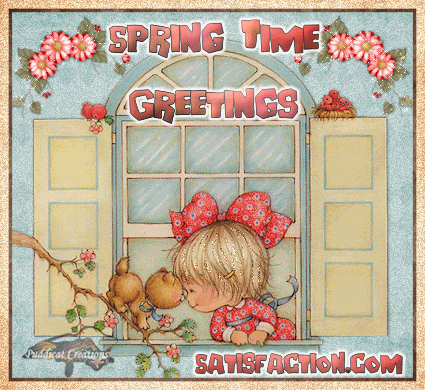

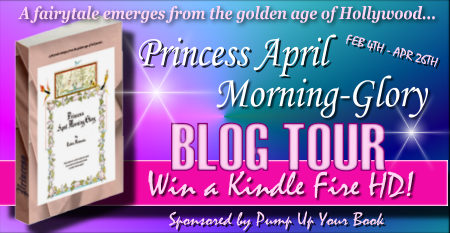
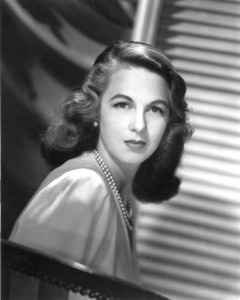
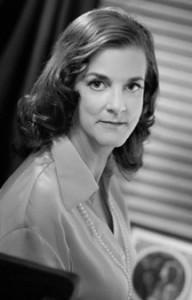
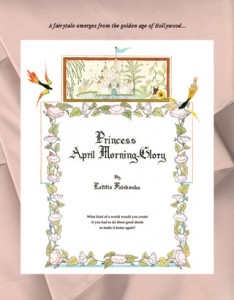










































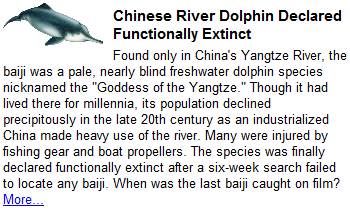


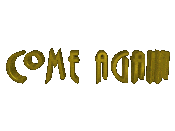
No comments:
Post a Comment